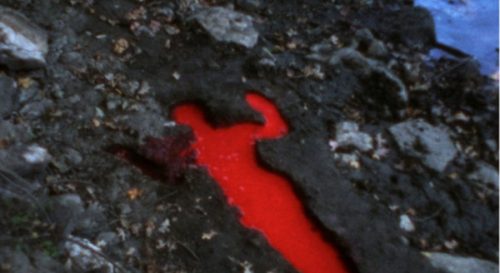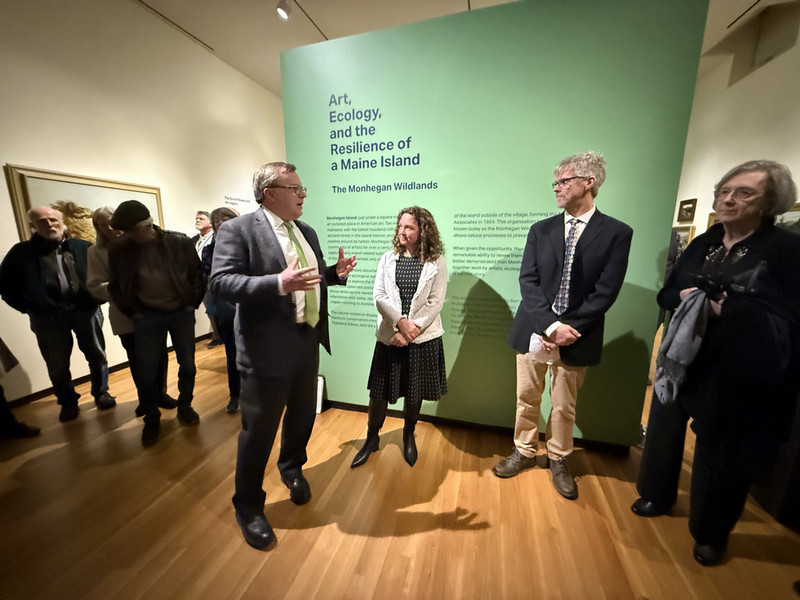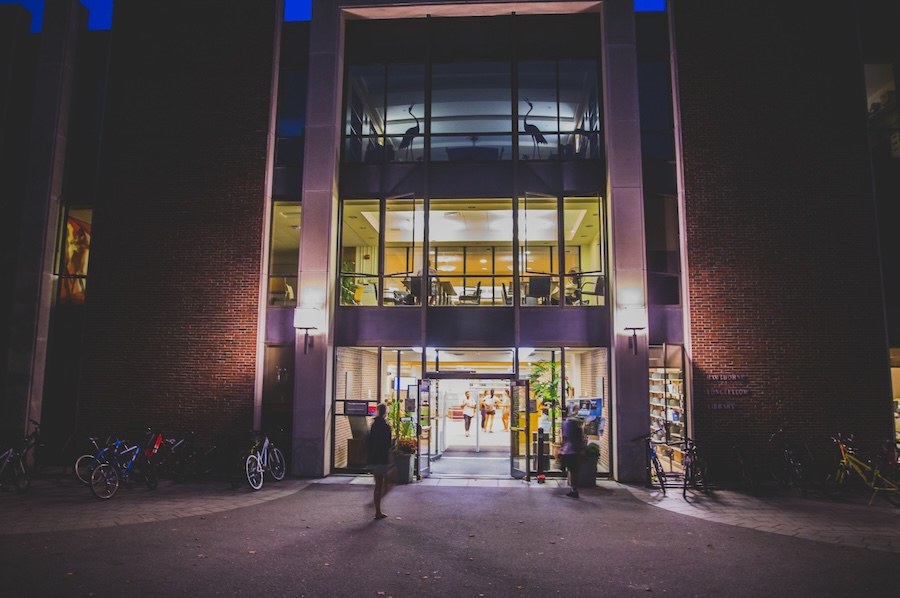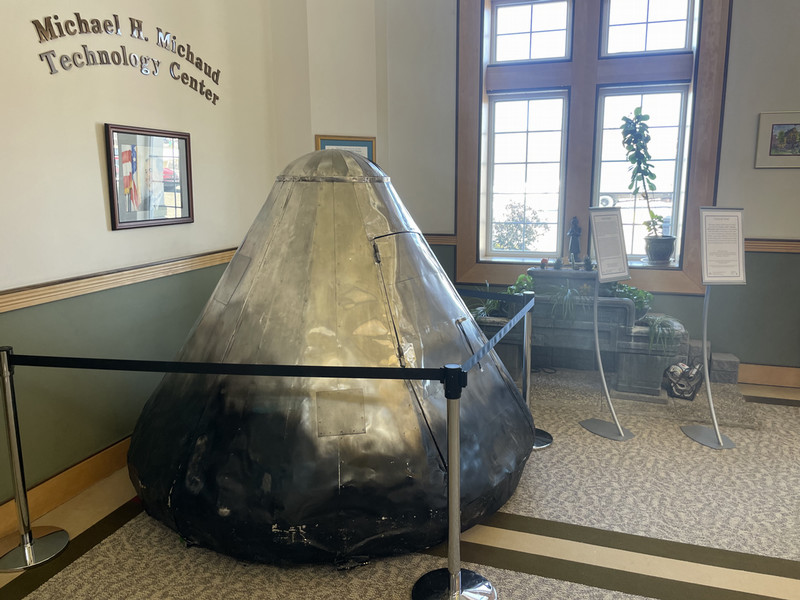Ana Mendieta’s “Silueta Sangrienta” acquired by the Bowdoin College Museum of Art
By Bowdoin College Museum of Art
The New Media Arts Consortium is a partnership of New England colleges that collaborate on an annual selection and acquisition of one work of new media art. The Consortium’s first acquisition occurred last year with the purchase of William Kentridge’s Tango for Page Turning (2013), which is currently on view in the Museum’s exhibition Why Draw? 500 Years of Drawings and Watercolors at Bowdoin College . While only one institution can publicly exhibit the work at a time, students and faculty at the respective institutions can request to view it for academic use at any time.
The BCMA recently joined museums at Colby College, Mount Holyoke College, Brandeis University, and Skidmore College to acquire Ana Mendieta’s film Silueta Sangrienta (Bloody Silhouette) (1975).
In Silueta Sangrienta, the idea of blood and body converge as Mendieta inserts her body, both literally and metaphorically, into the land as a blood-like liquid fills the surrounding impression in the earth. Influenced by Fluxus, conceptual performance, Land Art, and experimental music, as well as the Afro-Caribbean religion of Santería, Mendieta’s performance practice embraces the broad and longstanding concern with the natural cycles of creation and decay in human culture. Blood, both as a physical life force and a loaded symbol in numerous belief systems, draws a visceral reaction that conjures a host of associations, from violence and disease to birth and vitality. It is a recurrent material and motif in her work, the core of which is represented by her series of “earth-body” actions, films, sculpture, and photographs known as Silueta. As Mendieta described in 1981, “I have been carrying out a dialogue between the landscape and the female body (based on my own silhouette). I believe this has been a direct result of my having been torn from my homeland (Cuba) during my adolescence. I am overwhelmed by the feeling of having been cast from the womb (nature). My art is the way I re-establish the bonds that unite me to the universe. It is a return to the maternal source. Through my earth/body sculptures I become one with the earth … I become an extension of nature and nature becomes an extension of my body.”



